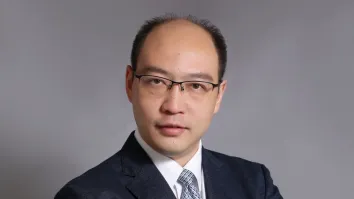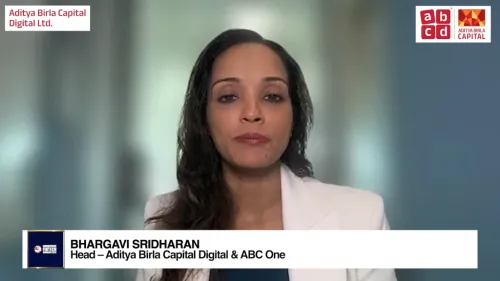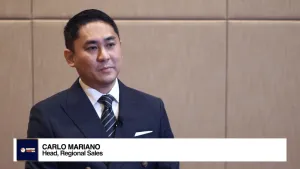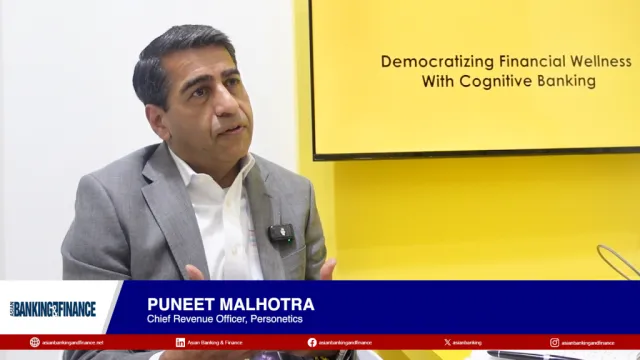
Global regulators push for cross-border coordination in digital assets
Trust remains central to digital finance innovation.
Global regulators and industry leaders highlighted the importance of responsible innovation and cross-border coordination in the rapidly evolving digital asset space at the Singapore FinTech Festival 2025.
Speakers from the Monetary Authority of Singapore (MAS), Bank for International Settlements (BIS), European Commission, and the Institute of International Finance (IIF) discussed how emerging technologies such as stablecoins, tokenised assets, and decentralised finance (DeFi) are reshaping financial markets, and the need for regulatory frameworks that balance innovation with trust and safety.
Ho Hern Shin, deputy managing director of financial supervision at MAS, said that global regulators are increasingly aligned in their objectives, even if the pace of implementation varies across jurisdictions.
“Regulators have an incentive to make sure that innovation takes place in a responsible manner and risks are properly mitigated, and so very helpfully, global organisations like the IOSCO [International Organisation of Securities Commissions] as well as the Financial Stability Board, over the last few years, have been making recommendations how crypto assets [and] stable coins, should be properly addressed and regulated in the various markets,” she said.
MAS has long pursued a dual approach that embraces innovation whilst maintaining safeguards. Its Project Guardian, a public-private initiative spanning multiple jurisdictions, allows regulators to work alongside financial institutions to pilot new technologies and discuss cross-border implementations.
Shin said that partnerships between the public and private sectors are critical to building a digital asset ecosystem that is both safe and interoperable. “What about the regulators? We can bring together stakeholders, industry, locally, to solve common problems. Otherwise they might go down into rabbit holes and solve partial problems on their own, and we end up with frameworks that are not very interoperable,” she said.
Andréa Maechler, deputy general manager at BIS, cited the importance of coordination between central banks to ensure that innovation benefits the broader financial system. “Coordination is very important at the global level. You can't have one area of the world that does amazing innovation and that doesn't transfer somehow to the rest of the world.”
“The boat has to lift everywhere. Implementation is going to be different across regulatory, political, but the reality is, technology is here. Technology is continuing, and we have to work at it, but it is uncharted territory,” she said.
Maechler noted that tokenisation—bringing central bank money, commercial bank deposits, and other assets onto distributed ledgers—presents both opportunities and challenges.
Regulators must ensure trust and interoperability while accommodating new technology. “You need coordination on the regulatory side. You need coordination on the development, you need coordination on the standards, and you need to have projects that you can do together to move forward,” she added.
Peter Kerstens, advisor at the European Commission and one of the architects of the Markets in Crypto-Assets (MiCA) legislation, described Europe’s regulatory approach as a model of compromise and harmonisation. “What Europe settles on is a fair and balanced compromise between all of these perspectives,” he said. “And if we then see debates in the rest of the world saying, well, the debate is the same in your jurisdiction, whether it's in the US or in Asia… why would you end up with a different solution?”
MiCA focuses on stablecoins and other tokenised assets, establishing frameworks that can later support broader financial innovation.
Kerstens also emphasised that regulation should target behaviour rather than technology itself. “I think it’s extremely difficult and also a bad idea to regulate technology,” he said. “If you look at financial regulation the world over, it’s always about regulating intermediaries and their behaviours, and specifying which activities are regulated.”
Timothy Adams, president and CEO of the IIF, spoke about the challenges of regulatory fragmentation, particularly given the different risk cultures of various jurisdictions.
“The goal is, how do we have this in a way that's some consistency, some collaboration, some cooperation, so that you can have cross border flows, interoperability, that you can identify some of the risks in the system so it doesn't seep into other jurisdictions, and that we can have greater consistency in a fragmented world,” he said.
Adams observed that innovation often moves faster than regulation, meaning jurisdictions must find a balance between encouraging experimentation and managing risks.
Singapore, for example, takes a more measured approach, whilst the United States has recently accelerated innovation through deregulation and legislation such as the GENIUS Act.
“Some are slower than others, some are more cautious than others, and some are going to be at the frontier of innovation. Then we just have to operate within those different jurisdictional cultural differences,” he said.
Tokenisation of real-world assets emerged as a key area of future growth. Maechler discussed Project Agora, an initiative to bring tokenised central bank money and commercial bank deposits onto ledgers, creating interoperability and trust across financial institutions.
“It is very interesting. How do you create this kind of bridges? And this is where a project like Project Agora actually moves forward in a way that needs to be done, which is, how have you created trust in money? Whether it's domestically or cross-border, if you have private assets, you need private money, private money created by banks in the form of deposits— that is the idea.”
The panel stressed that trust, partnership, and judgment are central to building a safe digital asset ecosystem.
Shin highlighted MAS’s collaborative approach, emphasising that building a new digital asset ecosystem with institutional-grade rails requires collective effort.
“We need all hands on deck, whether public-private partnerships, whether it be between regulators or within financial institutions, that partnership, that leaning in to listen to each other, what problems we can solve, how we can do it together better, I think is essential,” she said.
Kerstens encouraged regulators to remain open and curious, engaging with innovators and learning from peers across jurisdictions
“Regulators should be open. Should be curious. Regulators shouldn't lock themselves up in a room writing rules. They should be out at events like this, and then also learn from others, from your peers, from other jurisdictions,” he said.
Adams added that judgment is critical in determining when to allow experimentation and when to apply guardrails.
He said that policymakers need to recognize when to allow innovation to flourish, understanding that some initiatives may fail over time, and when to implement guardrails and tighten regulations. “But it should be a cross-border judgment, because our systems are all interconnected,” he added.
Finally, Maechler emphasised that trust in money must remain central as financial systems evolve. “What can technology bring? What is all the innovation it can bring, and what is governance, and in the world of money, what you need is you need to have safe money,” she said.
“That requires a central bank behind it, and then it requires understanding how you can create new forms of money that are based on the same principle of trust,” Maechler said.

















 Advertise
Advertise










